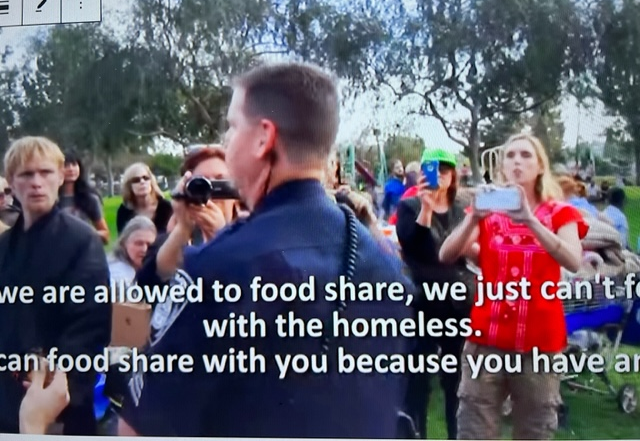Isn’t feeding the homeless an empathic act?
Isn’t feeding the homeless an empathic act? How about housing a runaway child at your place or feeding a stray cat or pigeons living under a neighbor’s roof?
When two empathic concerns collide, we must apply the wisdom learned from the five stages of understanding the empathic action.
In Stage 1, we are concerned about one’s basic survival needs, such as food and shelter. Some people will argue it is a constitutional human right.
However, some parents of runaway children may argue it is not their survival issue because they chose to run away to escape responsibility, and some may argue that homeless people choose to live outdoors to escape responsibility or continue an addictive lifestyle, not as a desperate survival measure.
In Stage 2, we are concerned about setting boundaries out of safety and health concerns for the general public, usually performed by police officers who are hired civil servants to show no emotion or empathy to perform their unpleasant duty of saying no.
In stage 3, laws or ordinances will be used to justify the enforcement of the boundaries to maintain the stability of the social/government system.
When these three values of the society collide, we need to use the higher order wisdom such as the real empathic approach at Stage 5 to resolve the conflict.
In Stage 4, due to highly individualistic orientation, we suggest feeding the homeless at other locations, such as school auditoriums, or unused parking lots, as long as the population does not pose a threat to the general public or the community in general.
CBC News: The National
In Stage 5 society, there will be more public education and discussion led by the community leaders and politicians. Then the enforcement of the legal boundaries can be slower with more patience in understanding most homeless people’s emotional and psychological conditions. We need to use more individualistic and personal approaches to the homeless population, especially with the representative or the leader of the homeless community, for communication and persuasion by the civil servants are more desirable than a one-and-for-all raid of them by force.
In this stage, the homeless population can be allowed to use one dedicated lot for their recreation and life activities which they can be responsible for maintenance, such as having regular meals, sports, or even artistic activities through murals or graffiti.
The empathic act is to treat others as yourself or your family members. The politicians or police officers can ask the question before taking a raid on them. Would you treat them if they were your family member or friends?








